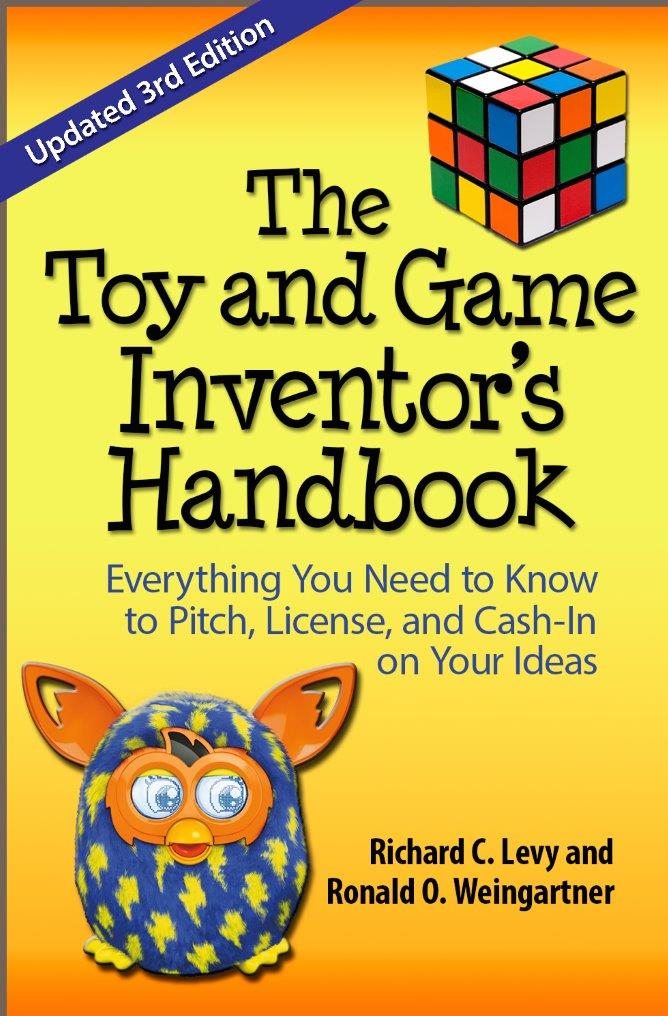Saturday, December 31, 2011
A Celebrity in Our Biz
It's time to say goodbye to the old year and retrospect all the people, events, and accomplishments during the past 365 days which lead to selection of the Top "this", the Best "that", or the Worst "whatever". Thanks to Richard Gottlieb and the great job he does with Global Toy News, our industry now has the first annual "Global Toy News Person of the Year". Nice going, Richard, to initiate such an award. And certainly a well deserved congratulations to the energetic and creative recipient....http://tinyurl.com/6vb7ptr
Wednesday, December 21, 2011
Best Wishes to All in T & G World
Wishing everyone happy, peaceful, and wonderful holidays and a healthy and successful 2012. . May you find more time in the new year to: CONNECT, CREATE, ENJOY, EXERCISE, GOOF- OFF, HELP, LOVE, OBSERVE, PLAY, READ, or whatever floats your boat. I'm saying goodbye to 2011 and will be back atcha in 2012 after I SHOP, WRAP, ENJOY, ENTERTAIN, DRINK, LAUGH, AND BE MERRY!Best 2 U All, Ron W
Tuesday, December 13, 2011
No Reading Required
A common message on a toy package is "some assembly required". Those words may result in a parent needing a toolbox, an ability to read blueprints, and possess basic engineering skills before the "knocked down" parts assemble to be the plaything shown on the package. A notice of "no reading required" on a game package is the industry's signal to adults that young players need not know how to read cards, spinners, dice or boards to enjoy game play.
Reading in games, or more specifically, reading to comprehend rules may determine if consumers ever get to the intended play. With the short attention span of today's consumers, lowered reading levels, and desire for instant gratification, players want to open a box, set up the pieces, and get into play with minimal reference to rules. (Methinks this attitude is one contributor to the popularity of I-games where user friendly symbols and emoticons get players into the action without wading through a page or two of challenging verbiage.)
Reading in games, or more specifically, reading to comprehend rules may determine if consumers ever get to the intended play. With the short attention span of today's consumers, lowered reading levels, and desire for instant gratification, players want to open a box, set up the pieces, and get into play with minimal reference to rules. (Methinks this attitude is one contributor to the popularity of I-games where user friendly symbols and emoticons get players into the action without wading through a page or two of challenging verbiage.)
A rules intensive game like Monopoly was fortunate to appear on the market back when consumers were more patient and tech-less. It is common product acquisition belief that if Monopoly was introduced as a rules-laden board game today, it would likely not become a classic. Its longevity may partially be the result of what Mike Meyers, former Senior VP of R&D at Milton Bradley/Hasbro Games, dubbed the Rules Shepherds Theory. His contention was that one literate and patient person (the shepherd) reads the rules and then explains how to play to two or three other players. These players in turn pass known rules on to other new players, and familiarity grows exponentially through an oral history. Good shepherds, often parents or grandparents, bring the non-reading players into the game with some familiarity with the basic rules without reading all details of play.
Game inventors Tim Moodie and Richard Levy tried their own unique idea to make rules user friendly in a VCR game marketed by Mattel in 1992 called Wayne's World. Since the game already had the electronic medium, their thinking was to complement printed rules with a riveting audio-visual explanation of the rules right on the VCR with the box of components nearby. Their efforts to make the rules MRR (minimal reading required) may have touched on other comprehension issues that could be called SHR as in "some hearing required". Unfortunately, the short appearance of Wayne's World game on the market made it impossible to determine if consumers would more strongly embrace hearing rules rather than reading them. Check out this You Tube link http://www.youtube.com/watch?v=parXcDqvixQ to see an entertaining effort of one of the first audio-visual efforts to market a game with reduced rules reading.
http://www.youtube.com/watch?v=parXcDqvixQ
http://www.youtube.com/watch?v=parXcDqvixQ
Subscribe to:
Posts (Atom)









